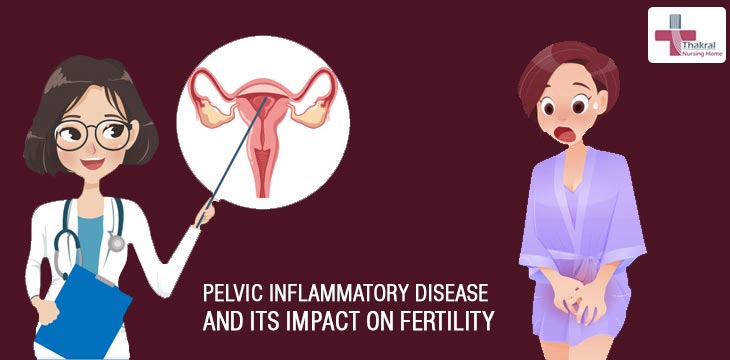
Pelvic Inflammatory Disease And Its Impact On Fertility
Many women who have experienced an invasion of pelvic inflammatory disease (PID) further suffer from infertility induced by the infection. PID can be generated both by a sexually transmitted disease or bacterial vaginosis. Around 60–80% of PID cases in women aged under 25 years are impacted by chlamydia and gonorrhea. They include women who have been infected with C. trachomatis or N. gonorrhoeae.
A viral infection can begin hurting the fallopian tubes or in the abdomen. Obstructed fallopian tubes hinder an egg’s capability to progress into the uterus to be fertilized, and scarring in the abdomen can completely fasten the fallopian tubes in place presenting it nearly impossible for catching an egg and finally part them from the ovaries.
PID is often an incorrect diagnosis, especially if the patient does not test positive for a sexually transferred disease. A serious attack exhibits sharp stomach/abdominal pain and infection that must be managed with antibiotics. If you speculate you have had PID, talk to your gynecologist so they can perform further examination.
It’s essential to note that any kind of abdominal infection or abdominal surgery can induce scarring that may lead to infertility. During such instances inform your physician if you have any purpose to suspect that you may have scar tissue.
Symptoms Associated With Pelvic Inflammatory Disease
PID usually exhibits common symptoms such as fever and vaginal discharge, which also occur with various other ailments or diseases just like STI’s or pregancy. In some instances, a lady with PID will not have any signs and the infection will go away without medical procedure. Therefore, around to two-thirds of women with PID do not even recognize they have the ailment.
Diagnostic Process For Pelvic Inflammatory Disease
Regrettably, the only way to definitively diagnose impotence caused by PID scarring is through a laparoscopy. if a hysterosalpingogram HSG reveals that the tubes are blocked if a female has a known history of PID or abdominal surgery. The HSG might also show that the uterus or tubes seem to be stretched into an uncomfortable position. If scarring is detected during a laparoscopy, the doctor will remove all that she can.
Treatment Options
As many women suffer from infertility generated by PID scarring they have blocked tubes, unblocking them is usually the first step. This is possible with a laparoscopy procedure. The best remedy for scar tissue is to eliminate it, however, because the characteristics of scar tissue are to grow back, extraction may only result is usually 6 months to 1 year of fertility. Assertive scar tissue can grow back even more quickly.
IUI may not be approved for a woman who suffers from PID scarring if she has blocked fallopian tubes that cannot recover an egg once ovulation has happened. In various cases noticed the woman whose scar tissue has developed back offensively after removal, IVF is the only possibility.
An endometrial biopsy may also be required for extracting a tiny piece of the endometrium the lining of the uterus for observing under a scope. It may be utilized if a physician speculates the woman has endometriosis and not PID.
Reference
If you are impacted by pain in your lower belly and pelvis, heavy discharge from vagina and seeing bleeding between the periods, you need to meet the best gynae laparoscopic surgeon in Gurgaon, Dr. Neeru Thakral as it could be signs of PID.